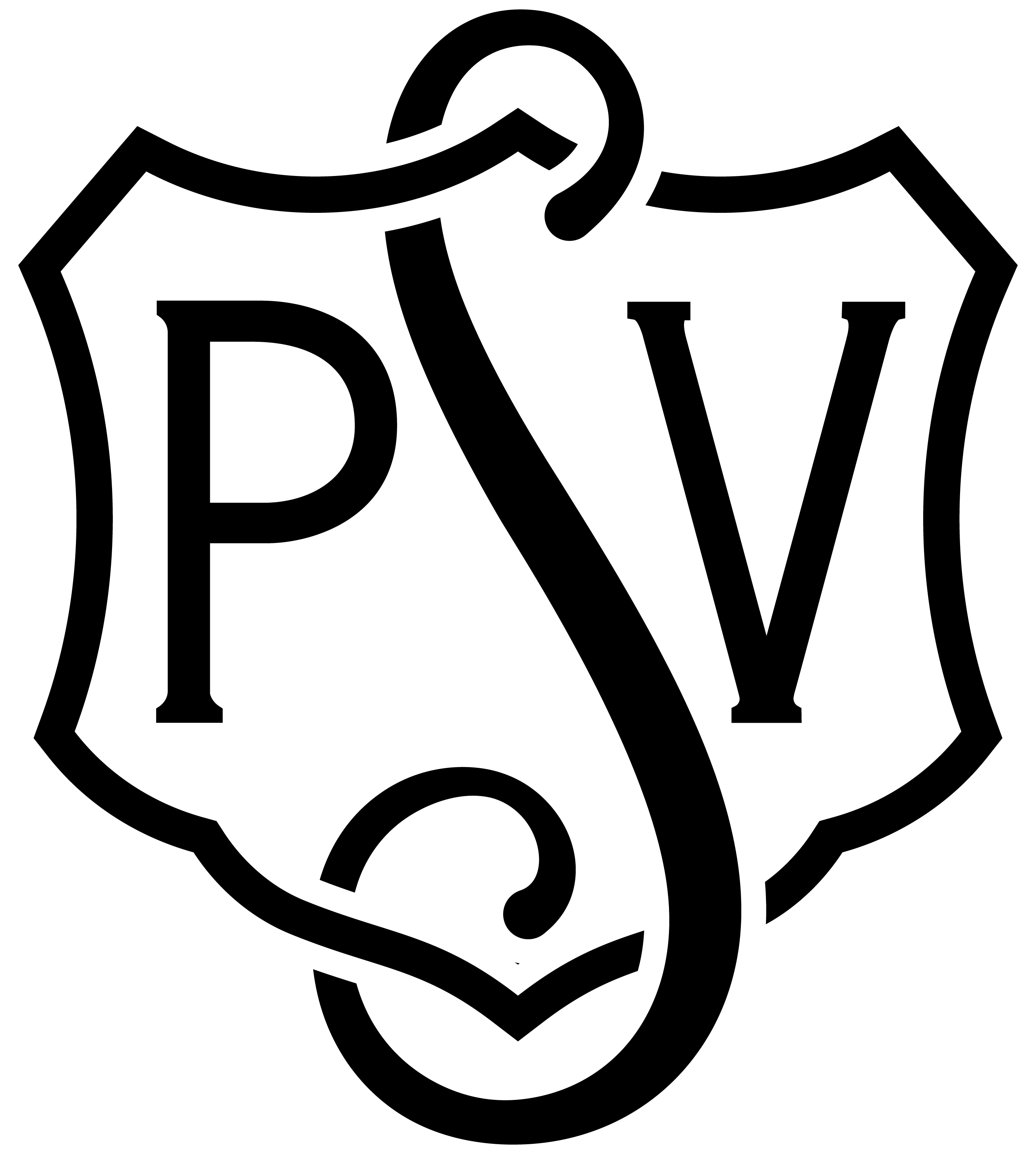Soy
SOY
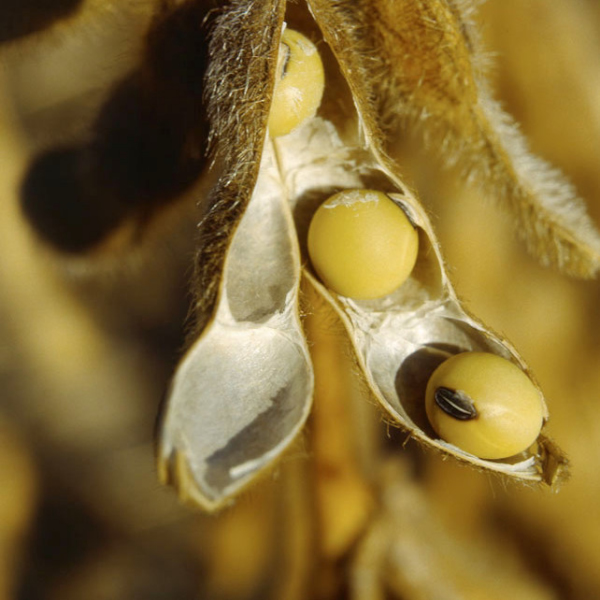
Botanical name: Glicine Soja Habitat: everywhere
Plant parts used: seeds Active Ingredients and nutrients: lecithin (complex product containing phosphatides, which in turn contain phosphorus in combination with the factors of vitamins B, choline, inositol and arachidonic acid), isoflavones (estrogen-like action substances that increase hormones production by corpus luteum, favoring progestin and estrogenic activity)
Therapeutic properties: Soybean seeds contain 37% dry weight protein, as well as vitamins (A, B1, B2, D, E) and minerals. It also contains LECITIN, a complex of phospholipids, used to treat the cardiovascular system and to rebalance the cholesterol levels in blood: it allows both to rebalance the HDL / LDL ratio and the solubilization and transport of cholesterol in blood. Of great interest are ISOFLAVONES, molecules that mimic the action of estrogen (female hormones). Attention to these molecules arose from comparative studies on the nutrition of East Asian populations and Western nutrition. Research has linked a reduced risk of cancer (breast and prostate), cardiovascular disease, atherosclerosis to soy intake. Isoflavones also benefit to counter menopausal disorders such as heat flashes: it has been shown that 70-80% of European women suffer from flashes compared to 14-18% of Asian women.Also, douring menopause, Soja is useful to counteract the onset of osteoporosis, caused precisely by the lack of estrogen. (Tognolini, Principi di Farmacognosia e Fitoterapia, 2007).
For prevention and control of: HYPERCHOLESTEROLEMIA-DYSLIPIDEMIA– SEXUAL DYSFUNCTION– PHYSICAL AND MENTAL FATIGUE– MUSCLE TEARS AND TONE– MENOPAUSE AND METSRUAL DISORDERS – MUSCLE TEARS AND TONE
Showing all 4 results
-
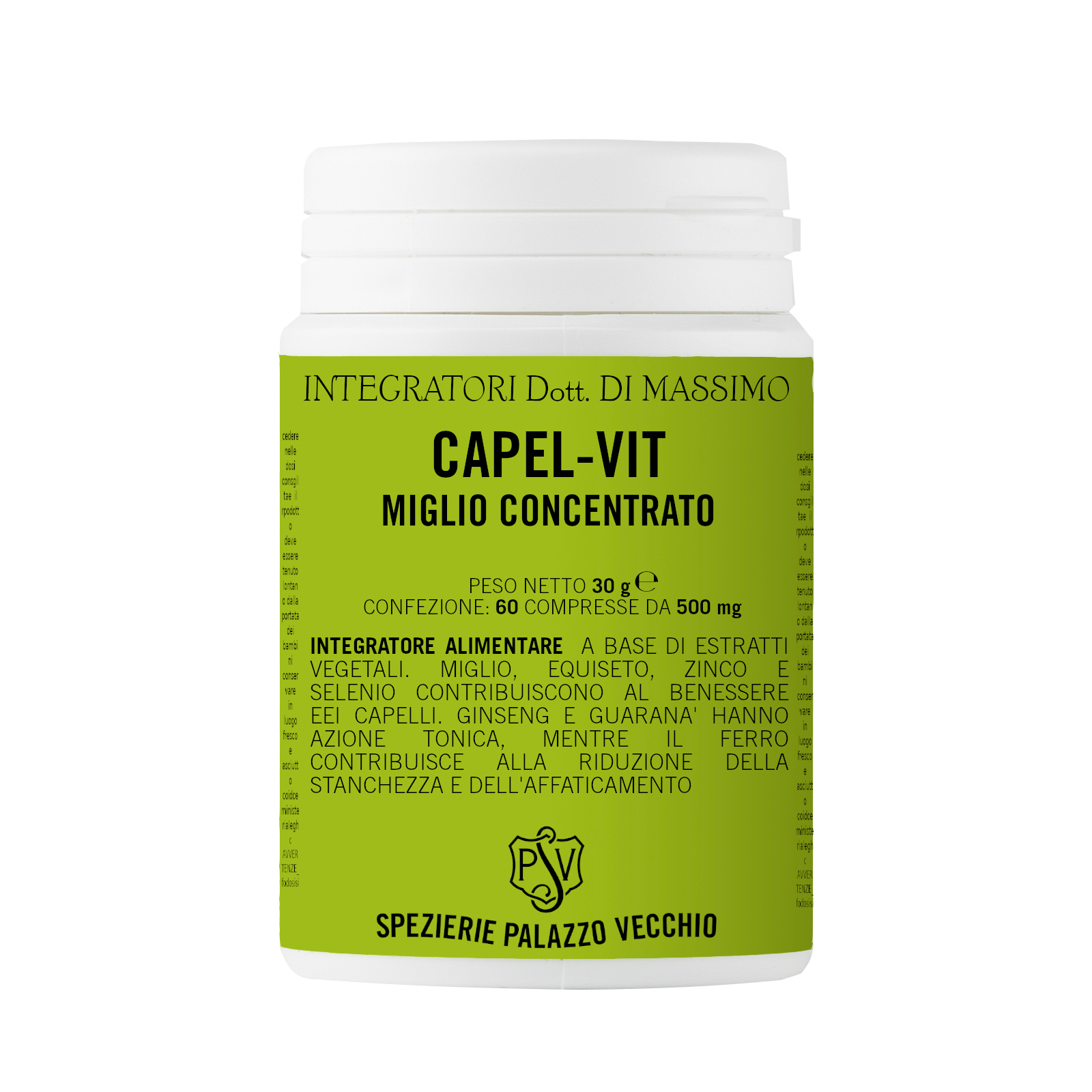
CAPEL VIT Miglio concentrato
€32.00 Nutritional Supplements Food supplement based on plant extracts of: Millet, Gingseng, Soja, ...Add to cart -
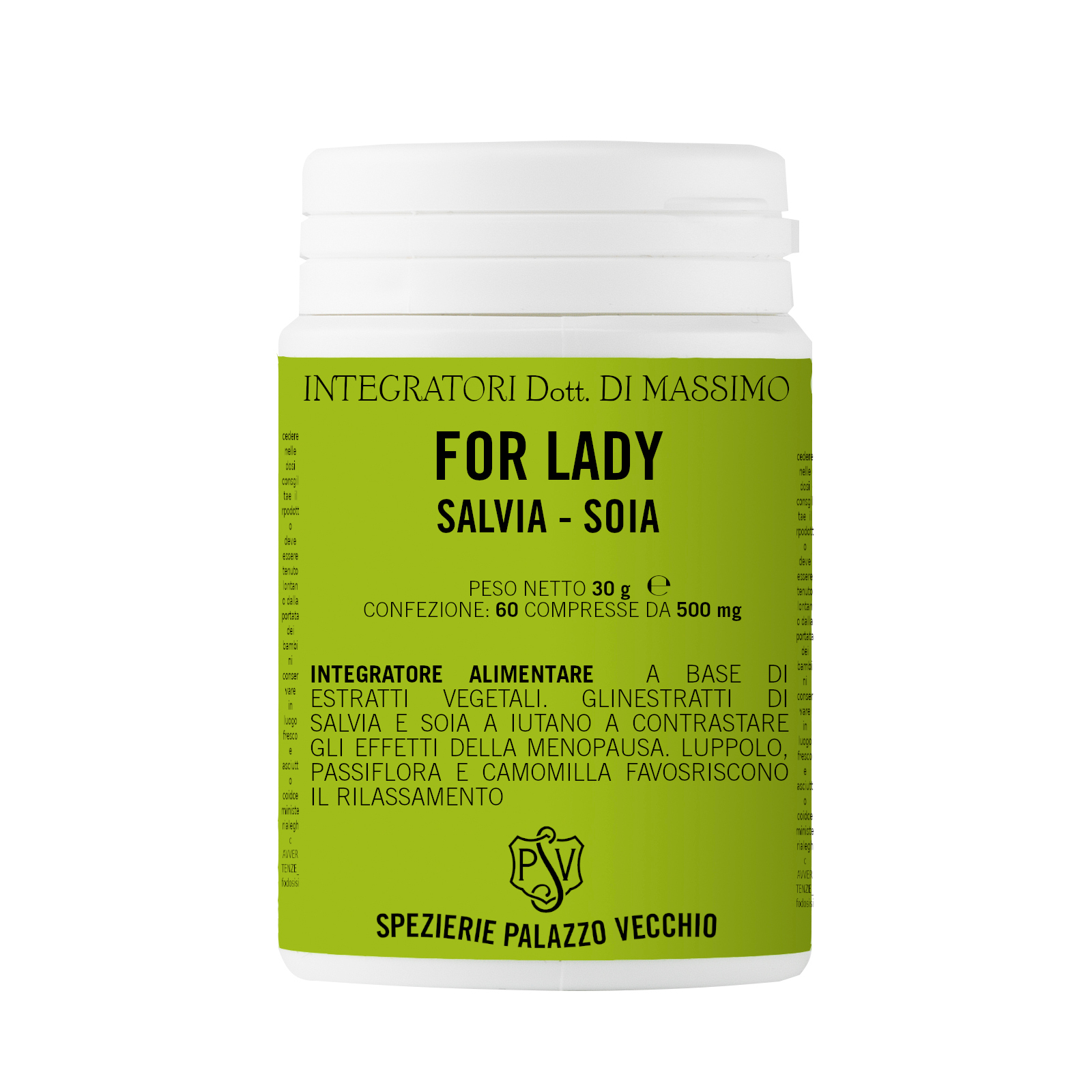
FOR LADY Salvia – Soia
€26.00 Nutritional Supplements Food supplement based on plant extracts of Sage, Soja, Hop, Passionf...Add to cart -
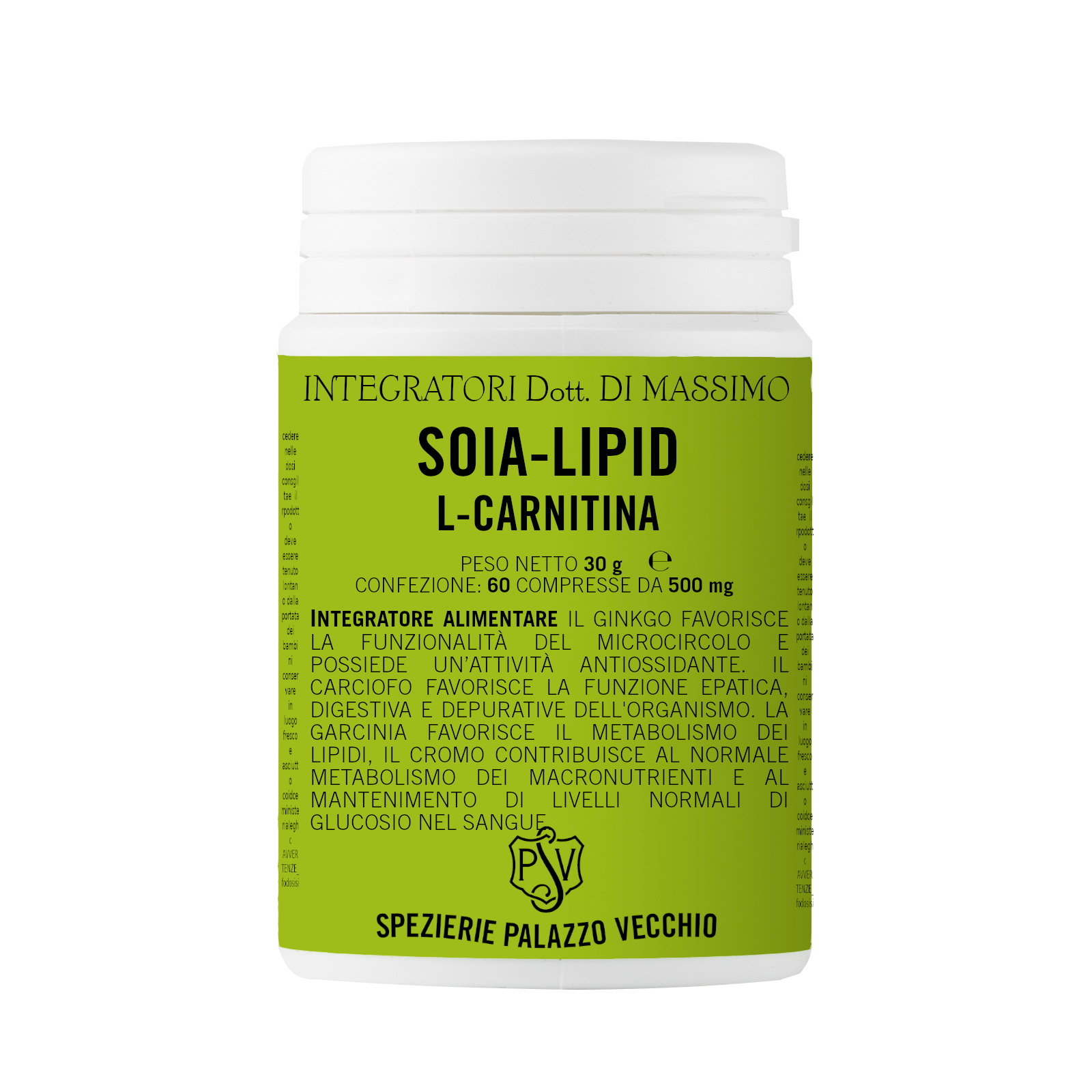
SOIA LIPID CARNITINA
€32.00 Nutritional Supplements Food supplement based on plant extracts of Soja, Ginkgo, Garcinia, A...Add to cart -
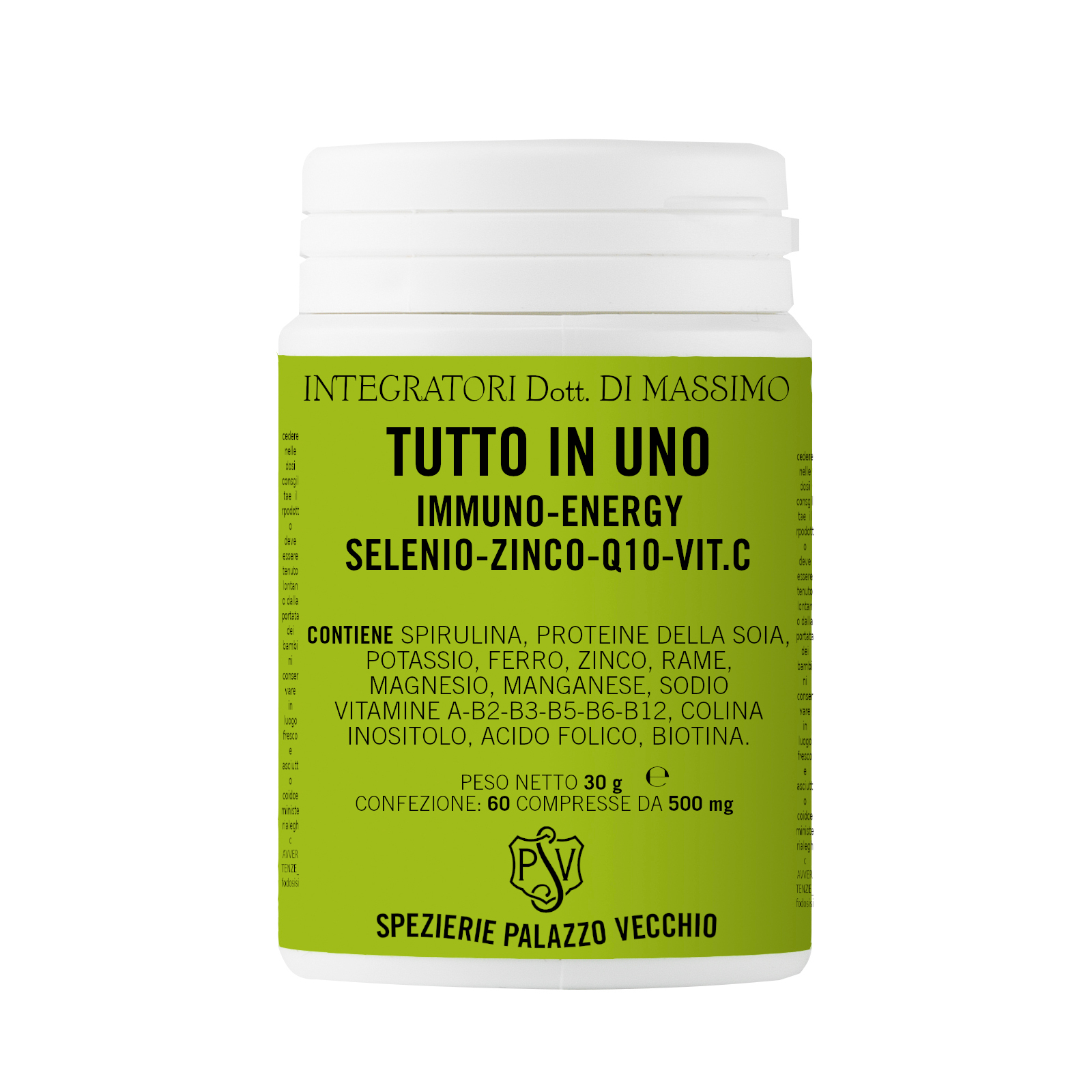
TUTTO IN UNO
€26.00 Nutritional Supplements VITAMINS, MINERALS, PROTEINS, COENZIMA Q10. Very effective food supp...Add to cart
Showing all 4 results

